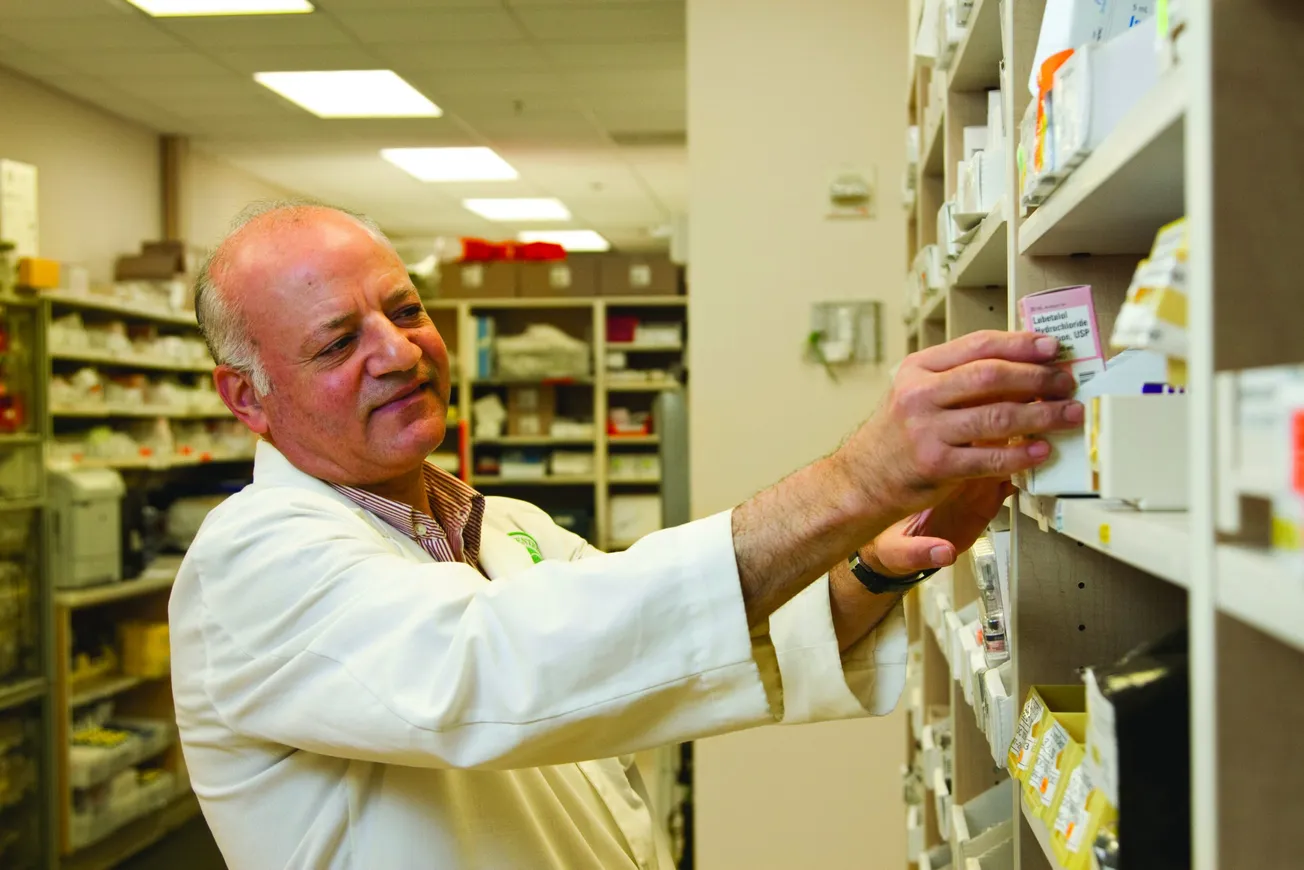
Drug stores should leave their past behind
Imagine, if you can, a drug store without a pharmacy. Once upon a not-so-distant time, many chain drug stores opened without pharmacies, calling themselves health and beauty aid stores.

Imagine, if you can, a drug store without a pharmacy. Once upon a not-so-distant time, many chain drug stores opened without pharmacies, calling themselves health and beauty aid stores.

At-home diagnostic testing has grown from a nascent pre-pandemic trend to an emerging, high-growth health product category in the pandemic’s wake. The accelerated adoption of over-the-counter COVID-19 rapid antigen tests used for at-home self-testing was the tipping point.

By now it has become a familiar refrain: Amazon is taking another step to extend its reach in the $4 trillion health care sector.

The new year has been under way for about a month now, and speculation about the upcoming 12 months already abounds. Not to be left at the starting gate, here’s a look from Chain Drug Review’s headquarters into what just might happen between now and December 31 and what will remain anyone’s guess.

How could an economic downturn in 2023 impact the most vulnerable patients? If we look at lessons from past recessions, we see that increases in unemployment, inflation and financial stress significantly impact access to medicines.

including the two biggest, CVS Health and Walgreens Boots Alliance — will soon find themselves caught in the middle of the nation’s culture wars, having been thrust into the debate over abortion rights by a recent shift in policy at the

The new year has gotten off with a stunning development, at least for those with no inside knowledge of chain drug retailing. Heyward Donigan, Rite Aid’s chief executive, announced she is leaving the company she joined three years ago.

As a former CVS executive, I took great pleasure in reading about Katie Pouliot, pharmacy manager of CVS Store 212 in Cranston, R.I. Pouliot received the 2022 Paragon Award from CVS Health.


A key takeaway for our federal and provincial governments in Canada throughout the pandemic was that no matter how daunting, community pharmacy rose to the challenge and delivered.

As we look toward 2023 and a sense of normalcy that has eluded us for the past few years, there are several big things on the horizon to keep an eye on in pharmacy, medication use and high-quality, value-based care.

Specialty pharmacy continues to be dynamic, demanding and disruptive, undergoing rapid and dramatic change.

Last year I reported that the COVID-19 pandemic drove tremendous growth in demand for over-the-counter medicines for pain and fever, dietary supplements for immune support and wellness, and consumer medical devices for self-diagnosis and protection.

As the COVID-19 pandemic enters its third year, the public health emergency (PHE) declaration that has underpinned the country’s COVID-19 response efforts by providing the federal government with emergency powers, regulatory flexibilities and additional resources is currently set to expire in early

It is easy for those who are not health care professionals to overlook the tremendous potential for innovation in our field today. Similarly, anyone who is not a health policy wonk might not see the important ways policy is evolving to improve the delivery of care for millions of patients.

The pharmacy profession and patient care services delivered by the pharmacy team have evolved significantly over the past few years, bringing new opportunities and challenges.